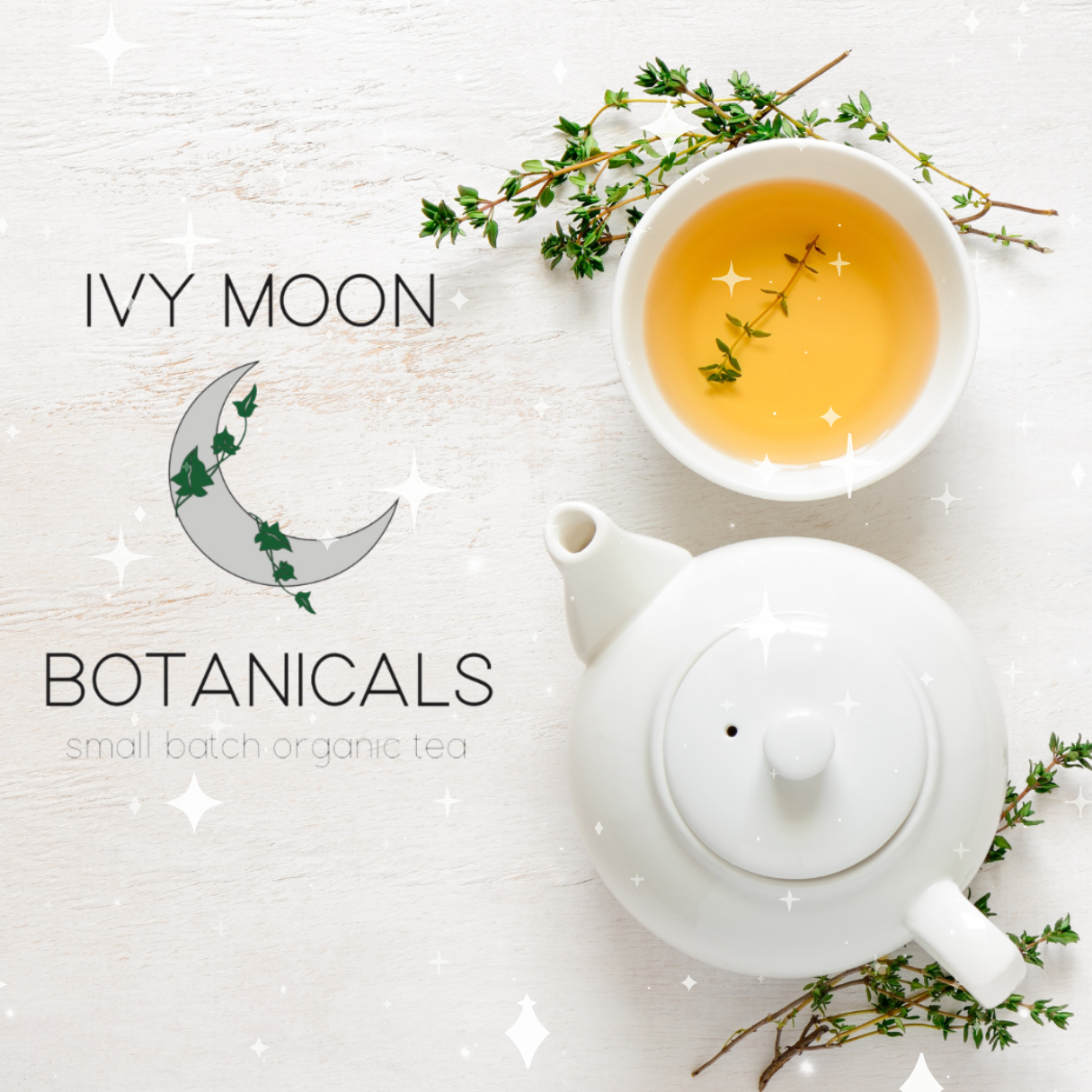
This blog post was written by April Martin, LMT and Kathleen Martin, LOCC
The History of Healing Tea Written by April Martin In the beginning of recorded history there was evidence of natural medicine, healing teas and the use of plants as medicine. Long before there were any written records there were healers. The healers of primitive times were priests and priestesses, the shamans and witch doctors, the medicine men and women who were believed to be able to commune with the Great Spirit of the cosmos. They discovered by trial and error which plants were suitable as food and which had valuable medicinal qualities. The healing plants were dried and stored for use as needed. Medicinal plants and herbs were used to help the wounded and seriously sick, but were administered along with incantations, frenzied dancing and loud banging of the drums. These activities were to attract the benevolent intervention of the Gods and drive away the negative spirits. The patients were at peace and rested well knowing that the healer had called forth the Gods on their behalf. The Ancient healers were treating both the mind and the body. They were the original holistic physicians. Today, physicians are starting to study the ancient healing systems of both China and India. This is a continued practice of a highly refined form of natural medicine that is completely compatible to the human body. Both China and India are based on the strong foundations of healing teas. Herbal science has now become medical science. Over 70 percent of today’s drugs are derived from natural substances. The public has mostly lost the old ways of medical teas and remedies. People are just now beginning to study the history of herbal medicine and what plants can do to heal. Many of these have been used for millennia in the ancient healing system.
For example, long before aspirin existed, various parts of the willow were used as anti-inflammatory agents and for relief from pain. Years ago, scientists confirmed that the salicin derived from the willow family relieves pain, reduces inflammation and lowers fever. The herbalists knew the properties of the willow and had used it ages before. And consider the opium poppy (Papaver somniferous), which offers important pain-relieving analgesics and narcotics, including morphine, codeine and thebaine, plus muscle relaxers and the age old treatment for diarrhea. There are millions of species of plants on Mother Earth. Two thirds of all plant species flourish in the tropical rainforest and entire species are disappearing at alarming rates as civilization comes closer to the forest. Fifty thousand plants and animals are being lost each year. There are dedicated people working frantically to save specimens of threatened plants from disappearing rainforests. The National Cancer Institute reports that 70 percent of the plants identified as useful in the Treatment of cancer are found only in the rainforest. Fortunately we still have a wide variety of effective natural medicinal herbs available to us, including many that have survived since ancient times. There are many ways to use nature’s medicines. No matter what method is employed, the idea is to release, extract, and activate all the useful properties of the plant. This is accomplished through infusion - just another name for tea. When you put a tea bag in a cup of hot water, you’re making an infusion. This is the easiest and most common way of preparing a healing tea. Including herbal medicine in your daily life will increase your overall health and wellbeing. *As always, know your sources when sourcing these herbs. Please, when possible, use organically and sustainably grown and harvested herbs.
Find a selection of these fine teas at Maine Micro Artisans and online!

